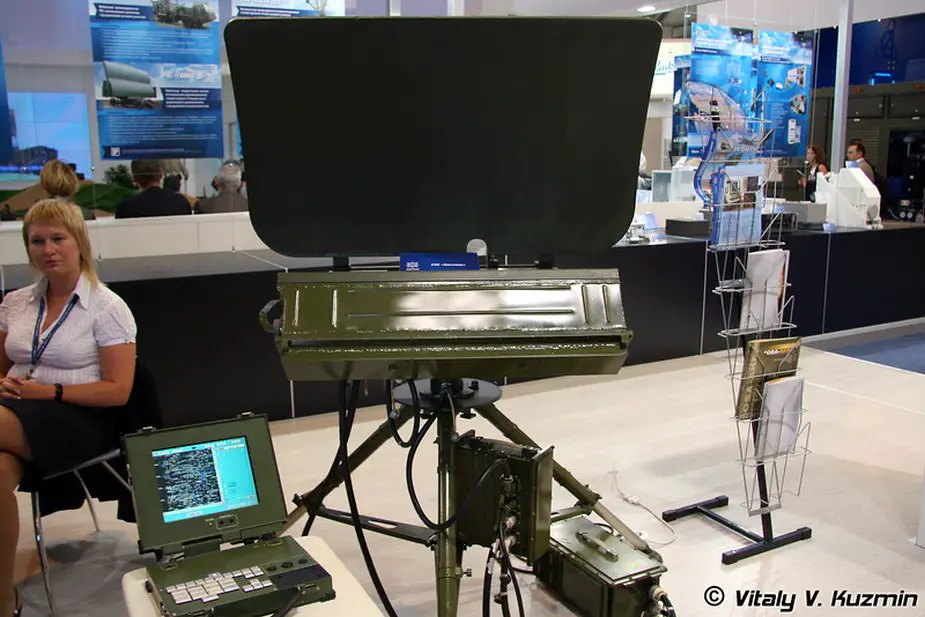Russian-made electronic systems in Syrian conflict
During the operations in Syria, the newest communications and reconnaissance systems, electronic warfare devices, and the Ratnik combat gear have been successfully tested. Both serially produced and advanced systems have been operated in combat, according to Russian officials.

Aistyonok, or Aistenok, portable radar (Picture source: Vitaly Kuzmin)
In order to control the ceasefire regime, the Russian MoD was using the Aistyonok (Small Stork) man-portable artillery reconnaissance systems. It detects and track various rounds (including 81-120 mm mortar mines and 122-155 mm artillery rounds), as well as drones. The Aistyonok (GRAU designation: 1L271) also detects land targets at a distance of up to 5 km. Aistyonok is a counter-battery radar system developed and produced by Almaz-Antey for the Russian Armed Forces. It is a mobile radar for the purpose of detecting position of fire weapons such as field artillery and anti-aircraft weapons, calculating the trajectory of incoming shells, and the control of unmanned aerial vehicles. Aistyonok can detect moving ground targets at a distance of up to 20 kilometers (12 mi), with capabilities to detect mortar fire positions at a distance of up to 5 kilometers (3.1 mi), moving ground equipment at a distance of up to 20 kilometers (12 mi), and the adjustment of artillery fire from 5 kilometers (3.1 miles) to 15 kilometers (9.3 miles) depending on the conditions. The Aistyonok system entered service in 2008, and has since been introduced for limited use in the North Caucasus by the Russian Armed Forces.
The Strelets command, control, and intelligence (C2I) system was operated to send target data to strike aircraft. The use of the Strelets in conjunction with the Su-24M frontline bomber provides almost 100% accuracy.
The MoD was also conducting online monitoring of the situation in Aleppo, using drones and observation cameras.


























